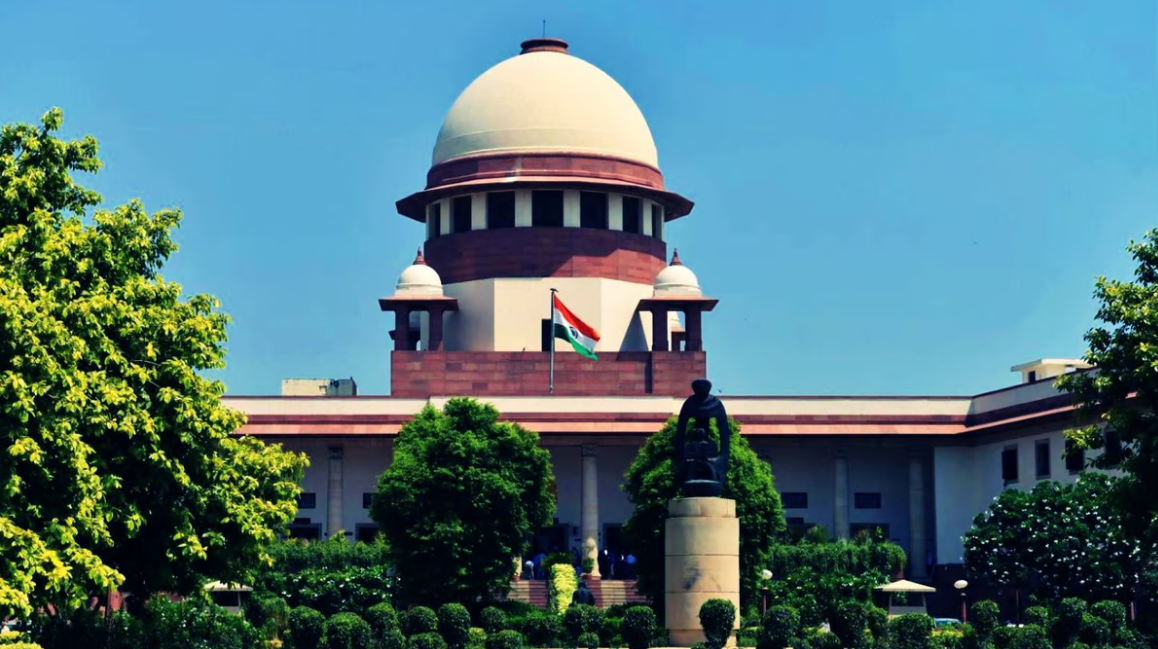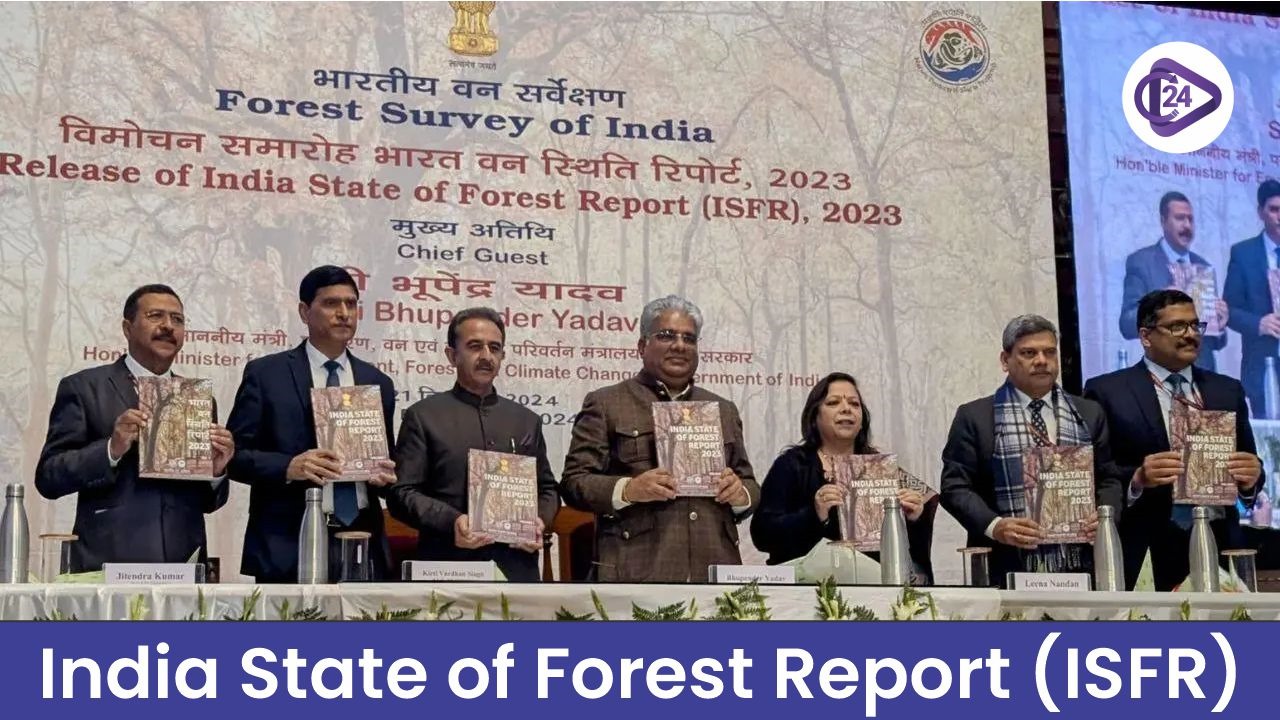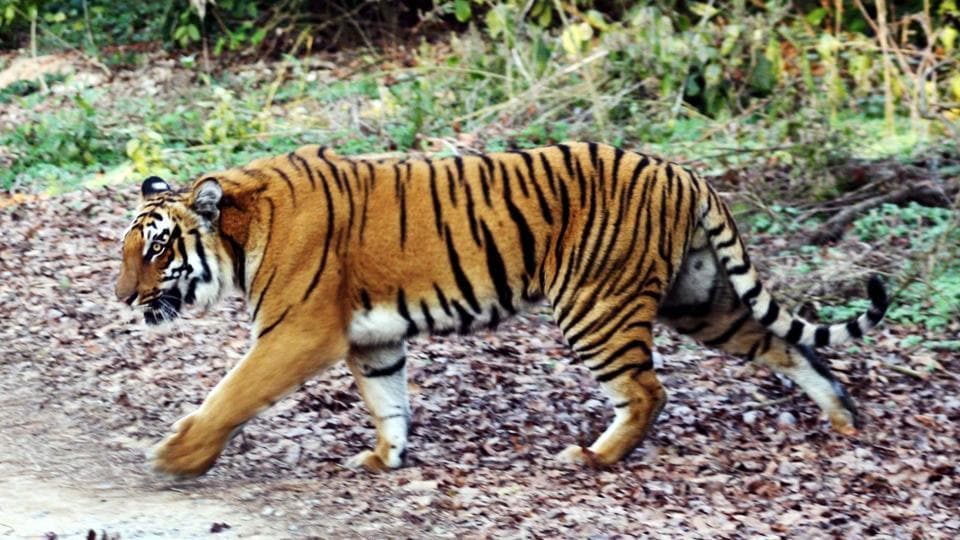
The Union Government has been instructed by the Supreme Court of India to evolve a policy on the conservation of the sacred groves of India . Sacred groves are assemblages of trees which are protected by tribal people due to the faith and belief related to religious perspectives about faiths and beliefs of nature. These groves are useful for retention for species/diversity, control for climate, water, as well as income. But they are threatened by aspects such as urbanization, deforestation, exploitation of resources as well as culture degeneration. The Supreme Court has suggested a survey of sacred groves across the country for protection under the Wildlife Protection Act, and the declaration of communities to protect their reserves. The Court also highlighted the provisions of Forest Rights Act to enable local communities, and tribes to protect such important natural resources.
What are Sacred Groves?
-
Sacred groves are defined as patches of forests or tree areas that the local inhabitants felt compelled to conserve because of their religious and traditional use.
-
The number of defined sacred groves in India alone exceeds 13,000. Among the more abundant states in groves are Kerala, West Bengal, Jharkhand, Maharashtra, Meghalaya, Rajasthan and Tamil Naidu.
-
These are known as Kavu/Sarpa Kavu in Kerala, Devarakadu/ Devkad in Karnataka, Deorai/Devrai in Maharashtra, Jahera/ Thakuramma in Odisha, etc
-
According to the idea of the sacred groves the degree of sanctity is different from grove to grove. For instance, the Garo and the Khasi tribes of northeastern India do not allow human interference in the area of sacred groves at all.
Ecological Importance
Sacred groves can also play a role in maintaining the pressures of biotic diversity, affecting climate, protecting water sources, livelihoods, and culture, and spreading environmental information.
Threats to Sacred Groves
Some of the challenges that hamper the development of sacred groves are the conversion of such area into urban centers, continuing destruction exercised by people through cutting down trees for timber as well as pasting herbs, fruits and herbs, and alteration of cultural perception about the sanctity of the groves.
Supreme Court’s Recommendations
-
A survey of the sacred groves across the length and breadth of the country should be made with the collaboration of the MoEF&CC to quantify the area spatially.
-
To that end, the Court suggested that sacred groves should be protected under the Wildlife Protection Act of 1972, which invoked Section 36-C to classify sacred groves as “community reserves.”
-
The souls of the sacred groves are protected since they are deemed important in maintaining on the existing stock of bio-diversity and as icons of cultural value.
Current Policy Framework
-
Wildlife Protection Act, 1972: Enables state governments to regulate private or community land to be protected as community reserves, biological and cultural.
-
National Forest Policy of 1988: Promotes the rights of customary tenure on forests to encourage local communities to conserve and enhance forests.
-
Thus, the Indian Supreme Court continues to uphold the strength of local communities in the protection of forests through judgments like T.N Godavarman Thirumulpad.
Constitutional Safeguards
-
Directive Principles of State Policy (DPSP): The provisions of Article 48A require the State to pay attention to environmental and wildlife.
-
Fundamental Duties: Article 51A(g) requires citizens to bear responsibility to save the natural environment which includes forests, lakes rivers and wildlife.
Way Forward
-
Sacred groves should be given legal protection under the wildlife protection act, 1972 and are more suitable as community reserves.
-
The Forest Rights Act 2006 should be protecting local communities and tribes as the keeper of the sacred groves.
-
There is merit in providing local communities the power to manage exploativeness or any forms of negative use of sacred groves.
Conclusion
The Supreme Court direction underlines the immediate need for policy direction to conserve the sacred groves, which are equally important for the survival of the environment and the conservation of cultural values. When sacred groves have legally protected status and supported by communities, then people can protect these important wooded areas from increasing threats. With an understanding of the local community in the forests and their rights, legal initiatives such as recognition of rights, legal consciousness through the legal act and legal personality through granting the legal status of wildlife protection Acts will be significant to ensure the conservation of the India’s valuable bio-diversity and cultural resources of the future for generations.
Chat With Us



 ISFR 2023: Key Findings on India’s Forest Cover & Climate Goals
ISFR 2023: Key Findings on India’s Forest Cover & Climate Goals India’s first-ever tagging of dolphins in the river Ganga was conducted in Assam.
India’s first-ever tagging of dolphins in the river Ganga was conducted in Assam. Jalvahak Scheme: Revolutionizing Inland Waterways in India
Jalvahak Scheme: Revolutionizing Inland Waterways in India India Leads with World's First Green Steel Taxonomy
India Leads with World's First Green Steel Taxonomy Ratapani Tiger Reserve Declared Madhya Pradesh
Ratapani Tiger Reserve Declared Madhya Pradesh Siberian Crane Migration to Khichan Rajasthan Record
Siberian Crane Migration to Khichan Rajasthan Record Global Climate Change Conference India Role Climate Justice
Global Climate Change Conference India Role Climate Justice Cyclone Fengal Tamil Nadu Sri Lanka Impact Forecast
Cyclone Fengal Tamil Nadu Sri Lanka Impact Forecast COP29 India Concerns Climate Finance Rejection
COP29 India Concerns Climate Finance Rejection






